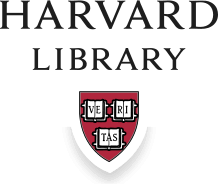Article | Open Access | Published: 10 January 2023
Study on Causal Nexus between Export, import and Economic Growth by Frequency-Domain Approach: Evidence from Selected East and Southeast Asian Economies
| Views: | 261 | | | Downloads: | 212 |
Abstract:
In this study, frequency domain Granger causality test and generalized forecast error variance decomposition are employed to check the causal direction and contribution of exports and imports to economic growth for eight economies. Granger results show: in the short run, (a) Japan, Indonesia, and Thailand support growth-led import, Malaysia supports import-led growth, and Singapore supports bidirectional causal connection between imports and economic growth; (b) Indonesia supports growth-led export, the Philippines and Thailand support export-led growth, and Hong Kong SAR and Singapore support mutual causality between exports and economic growth; in the long run, (c) Indonesia and Thailand support growth-led import, Japan, Hong Kong SAR, and Singapore support import-led growth, and South Korea supports a two-way causality nexus between imports and economic growth; (d) South Korea and Indonesia support growth-led export, Japan, Hong Kong SAR, and Singapore support export-led growth, and Thailand supports bidirectional causality between exports and economic growth. Variance decomposition results indicated that in Japan, South Korea, Malaysia, Indonesia, and the Philippines, imports explain a larger part of economic growth than exports; in Hong Kong SAR and Singapore, exports have a larger impact than imports on economy; in Thailand, exports and imports are almost at the same importance level.
Keywords:
Import-led growth, export-led growth, frequency domain Granger causality test, generalized forecast error variance decomposition
Publisher:
ILMA UNIVERSITY
Published:
10 January 2023
E-ISSN:
2409-6520
P-ISSN:
2414-8393
This is an open access article distributed under the terms of the Creative Commons Attribution CC BY 4.0 license, which permits any use, distribution, and reproduction of the work without further permission provided the original author(s) and source are credited.















